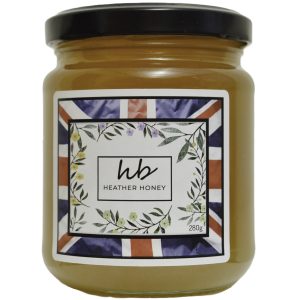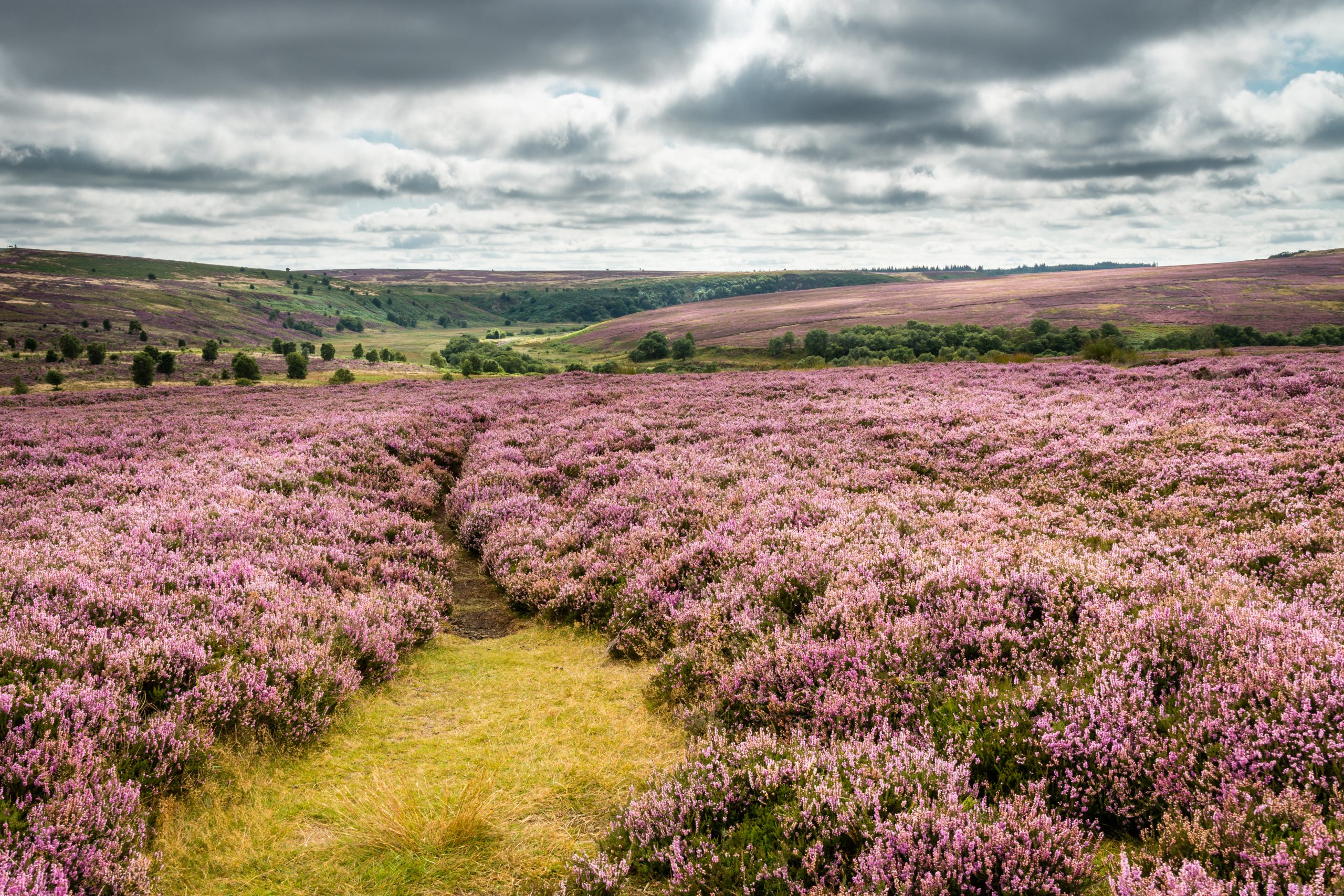British Heather Honey
Our British Heather Honey Batches
SALSA Certification for our British Honey Supplier

Our British honey supplier holds the prestigious Salsa Certification, a robust and effective food safety certification scheme tailored for smaller food producers and suppliers.
This certification attests that they adhere to industry-recognized standards that surpass the minimum requirements set by regulatory authorities.
To achieve SALSA approval, suppliers must demonstrate to auditors that they consistently produce and supply safe and legal food, and are committed to upholding the stringent SALSA standard. Founded as a non-profit venture by three major trade associations in the UK Food Chain, SALSA is overseen by the Institute of Food Science and Technology (IFST).
Their purpose is to offer affordable food safety assurance certification and support for small and micro businesses in the United Kingdom. Embodying values like prioritizing safe food practices, affordability, building supportive relationships, offering practical guidance, and promoting teamwork and collaboration, SALSA is instrumental in maintaining high-quality food safety standards in the industry.
Heather Honey Benefits
Heather Honey
British Heather Honey from the Yorkshire Moorlands
Introducing our newest addition to the HoneyBee & co family - the Yorkshire Moorlands Heather Honey! This is not just any honey, but a unique, premium variety harvested straight from the heart of the North York Moors.
Our Honey is a testament to the beauty and biodiversity of the Yorkshire Moors. As the bees forage on the purple sea that blankets the moors in late summer, they create a honey that is rich, aromatic, and full of the wild essence of this unique landscape. The result is honey with a distinctively warm, woody sweetness, a floral fragrance, and a beautiful amber hue.

But what makes our Heather Honey truly special is the story behind it. This wonderful honey is the product of a harmonious relationship between our local beekeeper's hardworking bees and sustainable practices to ensure their health and happiness. We believe in working with nature, not against it. That's why we ensure the practice of organic beekeeping methods that respect the bees' natural behaviours and protect the environment.
By purchasing our Yorkshire Moorlands Heather Honey, you're not just getting a delicious, sweetener. You're also supporting sustainable agriculture and contributing to the conservation of the Yorkshire Moors. Every jar of honey helps to support the bees which play a crucial role in maintaining the health of our ecosystems through pollination.
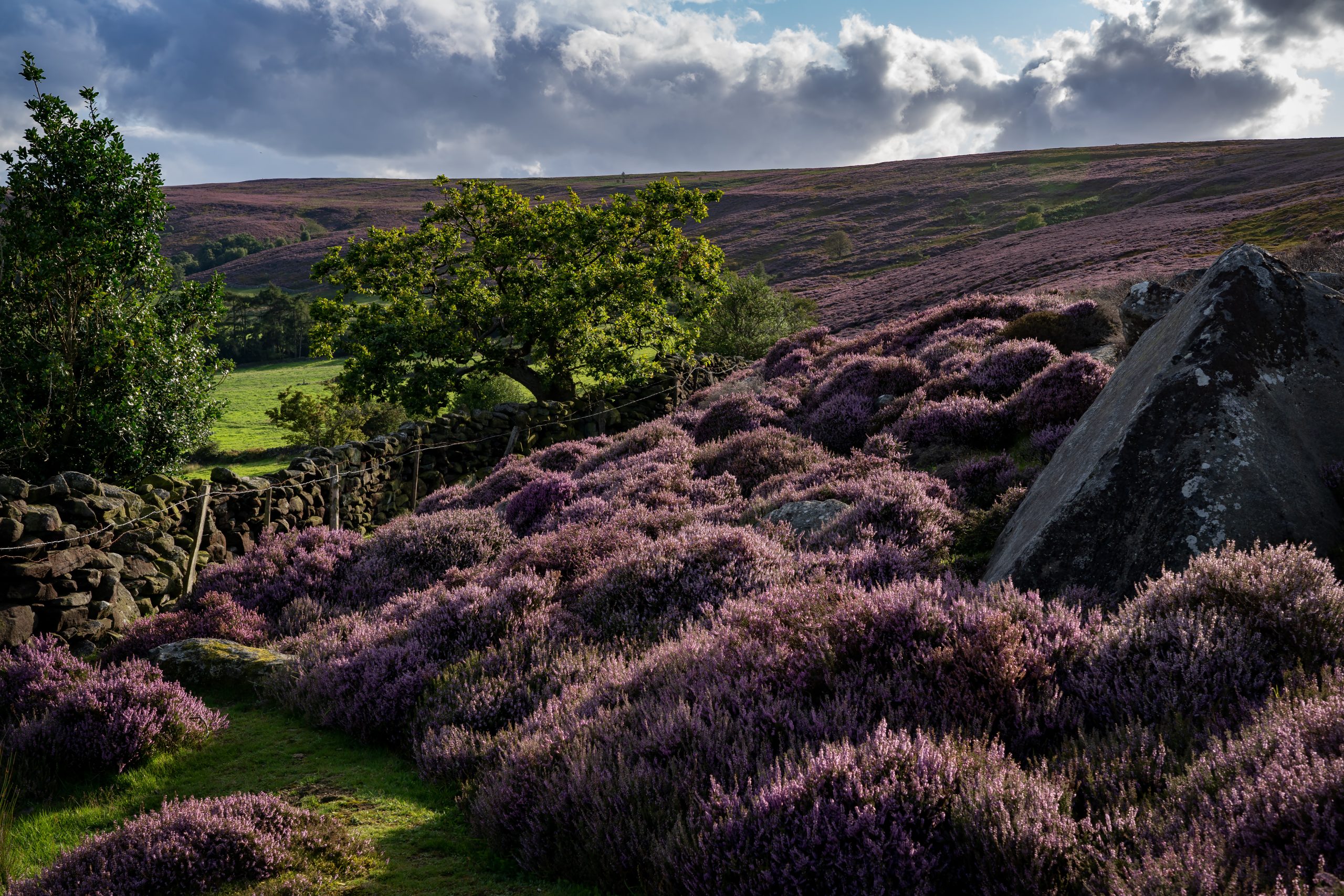
Enjoy the taste of the Heather Honey produced in the Yorkshire Moors - a sweet treat that lets you savour the flavour of the wild while supporting sustainability and biodiversity. It's more than just honey; it's a natural product that's a commitment to our planet.
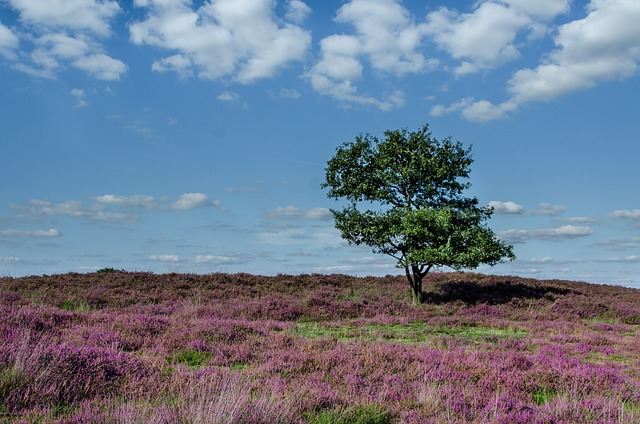
The Importance of the Yorkshire Moors in the United Kingdom
The Yorkshire Moors, also known as the North York Moors, are a national park in North Yorkshire, England. They cover an area of about 554 square miles and are one of the largest expanses of heather moorland in the United Kingdom. The heather moors are a mix of coastal scenery, wooded valleys, and high moorland plateaux.
The Yorkshire Moors are important for several reasons:
- Biodiversity: The moors are home to a wide variety of wildlife, including many species of birds, mammals, and insects. The heather moorland is a particularly important habitat for ground-nesting birds like the golden plover and the merlin.
- Cultural Heritage: The area has a rich history and is home to many archaeological sites, from prehistoric remains to medieval monasteries and Victorian industrial sites. The Moors have inspired many artists and writers, including the Brontë sisters.
- Economy: The Moors is a popular tourist destination, attracting visitors for hiking, birdwatching, and other outdoor activities. This tourism supports local businesses and contributes to the regional economy.
- Carbon Sequestration: Peatlands, like those found in the Yorkshire Moors, are important carbon sinks. They absorb carbon dioxide from the atmosphere and store it in the ground, helping to mitigate climate change.
- Water Management: The peatlands also play a crucial role in water management. They absorb rainfall, reducing the risk of flooding in lower areas, and filter the water, improving its quality.
- Recreation and Wellbeing: The natural beauty and tranquillity of the moors provide opportunities for recreation and relaxation, contributing to people's mental and physical well-being.

In summary, the Yorkshire Moors are a unique and valuable ecosystem that provides important environmental, economic, and cultural benefits.
Why is Heather Honey so expensive?
Heather honey stands high compared to other types of honey, particularly pure honey produced from the Yorkshire Moorlands, and commands a higher price due to several unique factors:
Distinctive Flavor and Texture: Heather honey is renowned for its unique, robust flavour and a special jelly-like texture that distinguishes it from other honey varieties. Its rich, slightly bitter taste captures the essence of the moorlands, making it a premium product.
Exclusive Harvesting Season: The blooming period for heather is relatively brief, typically from late July to early autumn. This limited timeframe restricts when bees can gather nutrients and when beekeepers can harvest heather and honey. This seasonal exclusivity contributes to its rarity and higher cost.
Challenging Extraction Process: The thixotropic nature of heather honey, which means it has a gel-like consistency that temporarily becomes less viscous when agitated, makes it more challenging to extract from the honeycomb compared to other honey types. This extraction process often necessitates specialized equipment or techniques, increasing production costs.
Bee Health and Maintenance: Heather is not as efficient a food source for bees as many other plants. Bees must exert more effort to draw nectar from heather, resulting in less honey production.
Sustainable Practices: If the heather honey is harvested using sustainable and organic beekeeping methods, this can also contribute to its higher price. These practices may require more time and labour but are beneficial for the bees' health and the environment.
Limited Quantity from Yorkshire Moorlands: Ling Heather honey from the Yorkshire Moorlands is especially prized due to the unique conditions of this region. The moorlands provide specific microclimate and soil conditions that contribute to the unique taste of the honey. However, the quantity that can be harvested from this region is limited, adding to its exclusivity and value.
In essence, the premium price of Yorkshire Moorlands Heather Honey reflects its unique characteristics, the complexities of its production, the commitment to sustainable practices, and the limited quantity of raw honey that can be harvested from this special region.
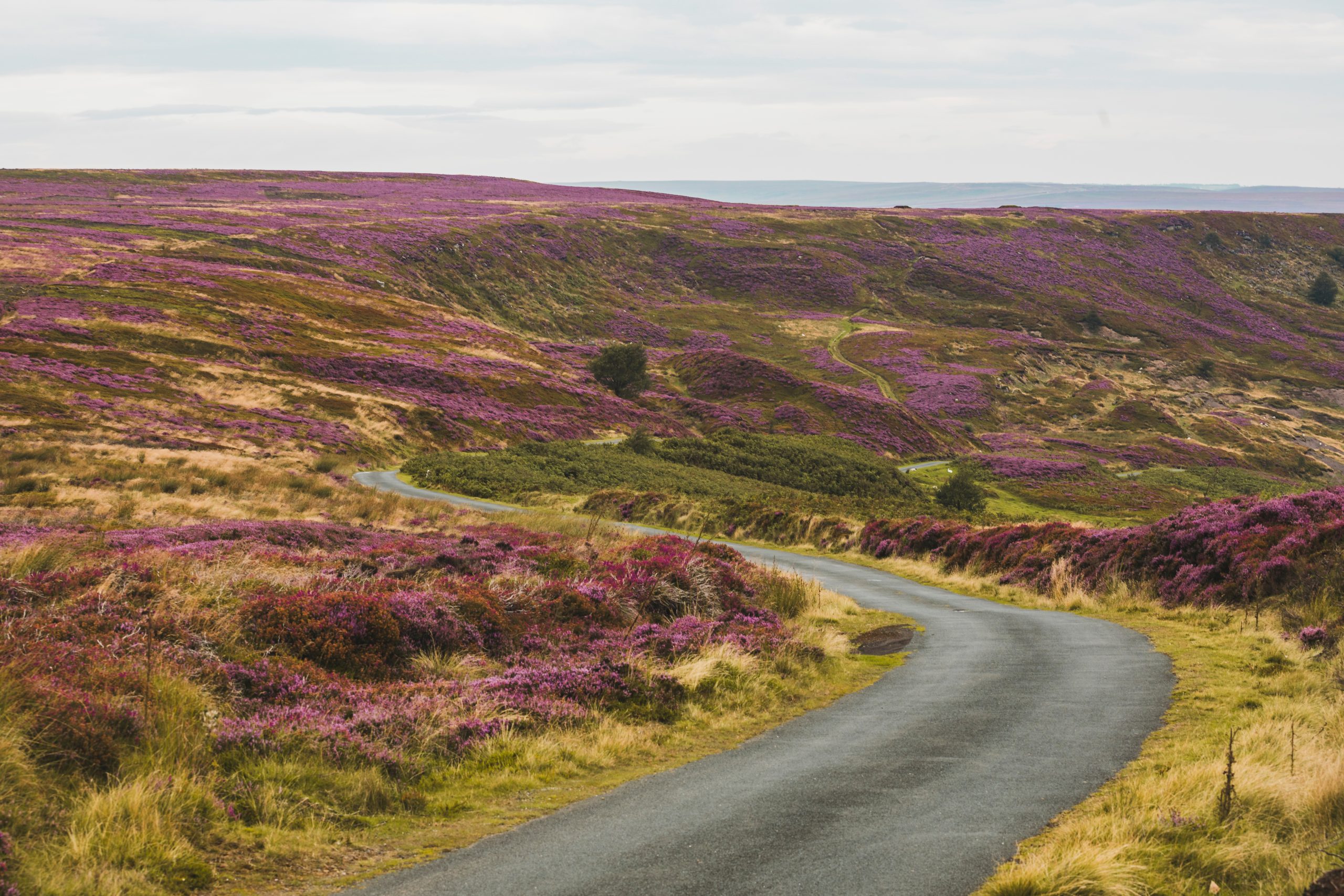
Potential Benefits of Heather Honey
British Heather honey, like other types of honey, is known for its potential benefits. However, it's important to note that while many people believe in the health benefits of honey, not all of these benefits have been conclusively proven by scientific research. Here are some potential benefits associated with honey from the heather moors:
- Antioxidants: Heather honey is rich in antioxidants, which can help to protect the body's cells from damage by free radicals. Antioxidants are believed to play a role in preventing diseases such as heart disease and cancer.
- Anti-Inflammatory Properties: Some studies suggest that heather honey has anti-inflammatory properties, which could help to reduce inflammation in the body.
- Anti bacterial Properties: Like other types of honey, heather honey has natural antibacterial properties. It can be used as a natural remedy for minor wounds and burns, and some people use it to soothe sore throats or coughs.
- Digestive Health: Heather honey is a source of enzymes and other compounds that can promote digestive health. Some people use it as a remedy for digestive issues like indigestion or constipation.
- Energy Boost: Honey is a natural source of carbohydrates, which can provide a quick energy boost. It's often used by athletes for this purpose.
- Allergies: Some people believe that consuming local honey, like heather honey from the Yorkshire Moorlands, can help to alleviate seasonal allergy symptoms. The idea is that the honey contains small amounts of local pollen, which can help to desensitize the body's immune system.However, this benefit is not universally accepted and more research is needed.
Remember, while honey has many potential benefits, it's also high in sugar and should be consumed in moderation. It's also not suitable for children under one year of age due to the risk of botulism.
Always consult with a healthcare professional before using honey or any other remedy to treat a health condition.
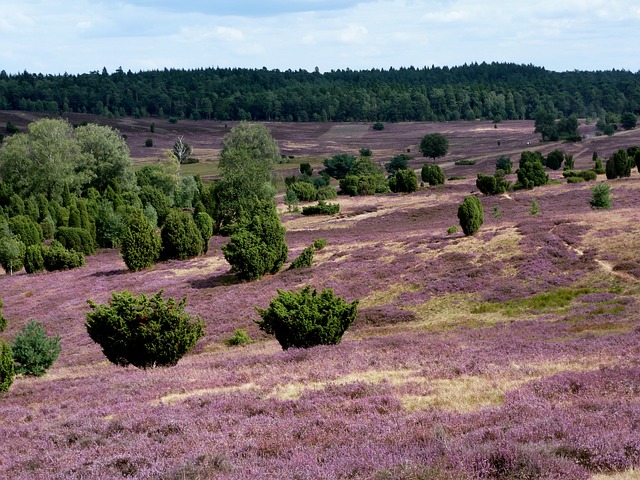
What is Heather?
Heather is a common name for plants in the genus Calluna in the flowering plant family Ericaceae. The term "Ling" is derived from the Old Norse word "Lyng," which means "heather." The most well-known type is Calluna vulgaris, also known as common heather, ling heather, or simply heather.
Heather is a low-growing perennial shrub that is native to many parts of Europe, including the UK(particularly England and Scotland), Scandinavia, Russia, and northern parts of Spain.
It is particularly associated with moorland and heathland habitats and is well-adapted to acidic, nutrient-poor soils.
Heather plants are characterized by their small, scale-like leaves and clusters of small, bell-shaped flowers. The flowers are typically purple or mauve, but they can also be white or pink.
Heather has been used for many purposes throughout historyand it always had a place in our folk medicine. It has been used as a fuel, for making brooms and thatch, and in the brewing of certain types of beer and tea.
The Erica species refers to a group of distinct types of flowering plants in the Ericaceae family, commonly known as heaths or heathers. There are approximately 860 species of Erica, most of which are native to South Africa, but some species are also found in other parts of Africa, Europe, and the Mediterranean.
Erica plants are evergreen shrubs that vary in size from low ground-covering varieties to larger shrubs. They are well-known for their bell-shaped flowers, which can be pink, purple, red, or white, depending on the species. These plants typically prefer acidic soils and are often found in moorland and heathland environments.
One of the most well-known Erica species is Erica carnea, also known as winter heath, which is native to mountainous areas of central and southern Europe. Another common species is Erica cinerea, or bell heather, which is native to western and central Europe.
It's worth noting that while both Erica and Calluna (which includes the species Calluna vulgaris, or ling heather) are commonly referred to as "heather," there are some differences between them in terms of their growth habits, flower structure, and preferred growing conditions.
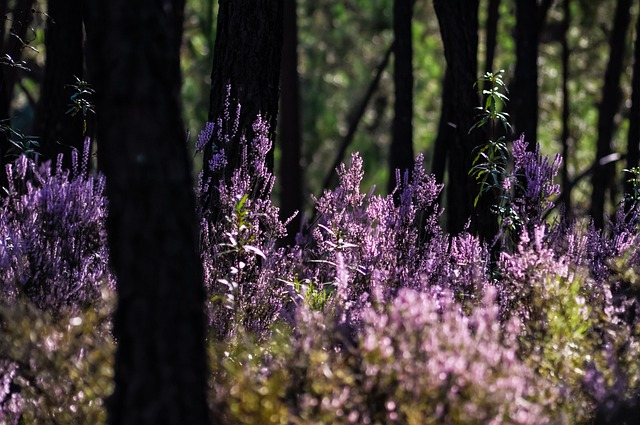
What is the best way to eat heather, honey?
Heather honey, with its unique and robust flavour, can be enjoyed in a variety of ways:
- Straight from the Spoon: One of the simplest ways to enjoy heather honey is to eat it straight from the spoon.
- On Toast or Bread: Heather honey can be spread on toast, bread, or biscuits for a sweet and flavorful treat.
- In Tea or Other Beverages: You can stir heather, and honey, into tea, coffee, or other warm beverages. It adds a caramel flavour and can also help soothe a sore throat.
- In Yogurt or Oatmeal: Heather honey can be drizzled over yoghurt or oatmeal for a healthy start to the day. It pairs well with fruit.
- In Baking and Cooking: Heather honey can be used in a variety of recipes, from baked goods like cakes and cookies to savoury dishes like glazed meats or salad dressings. It can add a unique profile to your dishes.
- In Desserts: Drizzle heather honey over ice cream, pancakes, and waffles, or use it as a sweetener in homemade desserts.
- Cheese Pairing: Heather honey pairs exceptionally well with cheese, especially strong cheeses like blue cheese or mature cheddar.
Remember, like all honey, heather honey is a form of sugar, so it's best to consume it in moderation. Also, it's not suitable for infants under 12 months due to the risk of botulism.
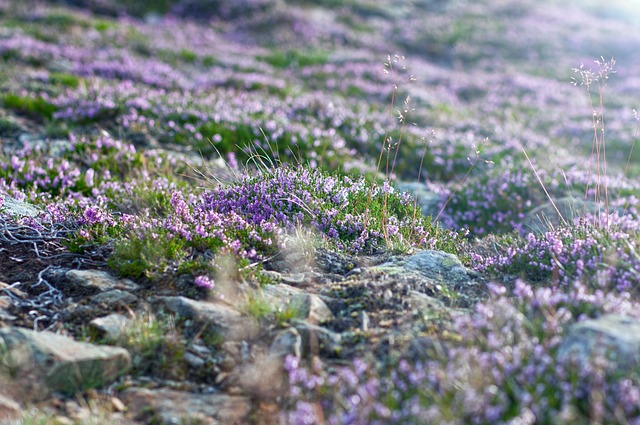
Scottish Heather Honey
Scottish Heather Honey is a unique type of honey that is produced from the nectar of the heather plant (Calluna vulgaris) that grows in the hills of the Scottish Highlands. This pure honey is highly prized for its distinct texture.
- Distinct Flavor and Texture: Scottish Heather Honey is known for its strong, aromatic flavour that is slightly bitter and earthy. It has a unique jelly-like consistency, known as being thixotropic, which sets it apart from other types of honey. This means it is gel-like at rest but becomes more liquid when stirred or agitated.
- Health Benefits: Like other types of honey, Heather Honey produced in Scotland is rich in antioxidants and has anti-inflammatory and antibacterial properties. It is believed to be beneficial for digestive health and can provide a natural energy boost.
- Production: The production of Scottish Heather Honey is limited to a brief period when the heather plants are in bloom. With the nectar collected, bees then transform it into honey within the hive. The honey is later harvested by beekeepers.
- Sustainability: Many producers of Scottish Heather Honey practice sustainable beekeeping methods to ensure the health and well-being of their bees. This includes providing them with a diverse range of flowering plants for forage and minimizing the use of chemicals in and around the hives.
- Comparison with Manuka Honey: Scottish Heather Honey has been compared to Manuka Honey due to its health benefits, its unique properties and its dark amber colour. Some studies suggest that it may have similar antimicrobial properties to Manuka Honey, although more research is needed in this area.
Usage: Scottish Heather Honey can be used in a variety of ways. It can be simply spread on toast, stirred into yoghurt or porridge, used in cooking and baking, or simply enjoyed straight from the jar.

Sustainable packaging
At Honeybee & Co., we believe in the importance of sustainability, which is why our packaging is eco-friendly and fully recyclable.
Each honey jar is made of glass, a material that can be endlessly recycled without loss of quality or purity.
The labels we use are made from paper, another recyclable material. The metal lid that seals the freshness and taste of our honey is also recyclable. Even the carton boxes and fillers we use for shipping are designed to be environmentally friendly.
When you purchase our honey, you're not only getting a jar of nature's finest produce, but you're also contributing to a greener planet. We're proud to say that every aspect of our packaging, from the honey jar to the shipping materials, reflects our commitment to sustainability.
Raw Honey vs Cheap Honey
1% Minerals, Vitamins, Enzymes
6% Trisaccharide & Other Carbohydrates
7% Maltose
17% Water
31% Glucose
38% Fructose

Up to 35% Blend of EU & Non EU Honeys
Potentially containing pesticides & antibiotics
Up to 50% Water
Up to 35% High Fructose Corn Syrup
*Percentage may vary
Your Questions Answered
No. HoneyBee & co Honey is Raw Honey. Exactly how bees have made it.
No. Our Acacia Honey is produced in pure and uncontaminated natural areas and our bees are not treated with antibiotics.
Our Acacia Honey contains an Optimal water percentage between 15% and 19%. Cheap supermarket honey can have up to 50% water. This is due to either beekeeper feeding bees water with artificial sugar or they collect the honey to quickly to increase profit margins.
Nectar is a liquid secretion of flowers that bees gather. They then take out much of its water content and after adding several enzymes they produce the golden substance we call honey.
Consuming honey rather than sugar has obvious advantages. The supply to the body of energy in the form of glucose and fructose, simple sugars that do not require any digestive process. Honey also contains Vitamins and other useful enzymes.
Raw Honey is a product with many calories; approximately 320 kcal for 100g. Moderation is the key if one has a particular diet. The positive fact about honey is its sweetness. One teaspoon of honey weighs about 7g and its more than enough to sweeten your favourite cup of tea.
Raw Honey is safe and it provides many health benefits, nevertheless, it should not be cooked raw over 40 degrees. When cooked, honey becomes similar to glue and thus produces toxins. Honey's raw form is the one detaining all its main benefits and properties. By altering its chemical composition by heating or overheating the honey It may completely change its compounds leading to health hazards. Honey also contains bacteria that can harm a young baby’s intestine. To this end avoid giving honey to babies under 12 months old.
Our bees are from the Apis Mellifera from the Apidae family.
Our honey is produced on the European Continent. Our long-term goal is to partner with small beekeepers from all over the UK and Europe providing our customers with quality honey while helping increase the European bee population.
Acacia Honey Stimulates digestion cleans the liver, regulates intestinal transit. Improves heart activity and circulatory system. Helps to restore the body after effort. Stimulates the immune system. The number of red blood cells increases.
Honey is a healthier alternative to sugar, especially for diabetics. It has antioxidants that help reduce the risk of heart attacks, strokes, and some types of cancer. It lowers blood pressure and improves cholesterol values. Honey is great for healing wounds and burns.
Honey is a great solution for coughs both for children and adults.
The Hive
Interesting news, commentary, lifestyle, and all things Bees - have you got the buzz?

